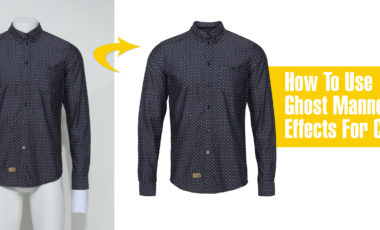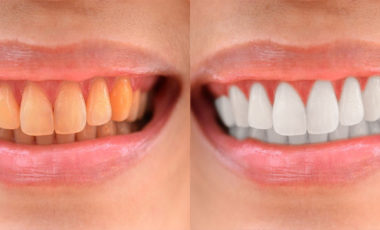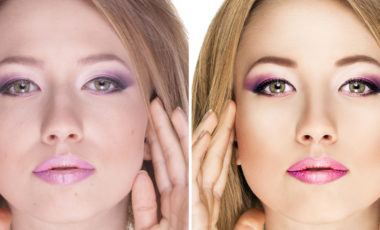What is a filter? How to use it in photography?
admin
August 11,2017

If you are a photographer, it is really common to hear the term of the filter. Filter or camera lens filter. We can use it for many different purposes in the photography. Why should we use filters and in what cases?
- Use Filter in photography

When taking pictures, your camera is like your eyes. When it’s too light, you’ll need a sunglass to protect your eyes. Similarly, when you take a picture, you need a filter to protect your eyes too. When shooting daylight, due to the limited dynamic range, it is difficult for the camera to collect the information of the lands and the. A filter is a great tool for you to easily take photos without the help of Photoshop.
However, filters may damage the images if you use them improperly. So you need to know the effect of each type of filter and have the choice in each situation. There are many different types of filters, from cheap UV filters to very expensive filters up to hundreds of dollars.
- How many kinds of filter and their usage?

There are 9 types of filters: UV, Polarization, ND, GND, Reverse Graduated, Color, Close up and effect filter. Each type of filter has different uses.
We can use UV or Haze Filter to protect your front lens from dirt, scratches or dampness.
Polarizing filters increase contrast and color while avoiding reflections. When using polarizing filters, the sky will be bluer depending on the degree to which you rotate the filter to create the effect. Normally polarizing filters will reduce the light to 2 tones.
The ND filter helps reduce the amount of light entering the sensor to give you longer exposure than usual. This is extremely helpful when you want to smooth down waterfalls, sea water or clouds in the sky.
Similar to the ND Filter, we can divide the GND filter into two parts, a darker part, and a lighter part to capture scenes with far greater brightness such as the sky and the ground but still get full details.
Next is the Reverse GND filter. This is a similar filter to the GND, but the bottom part is almost a clear glass, the middle is slightly darker and the upper part is darkest. This is the type of filter that is used when shooting the sky with high brightness.
The close-up filter works to allow you to focus closer to the macro lens. However, surely the quality will not be equal.
Effect filters such as star, heart, light trail bokeh can be used to make the photo more interesting.
- How to use the Filter?

You can use filters individually, but you can also combine multiple filters at the same time. There is an accessory that helps you combine the filters together. When needed you can pair 3 ND filter, GND, and other filters.
When you first buy a filter, you probably want to buy a low-quality filter, which is a waste of your time and money. Poor-quality filters will make your image quality decrease dramatically. So invest reasonably.
The filters you use will depend on how much light you need to reduce, or what areas should be highlighted. You should switch to RAW shooting and try taking a few shots without a filter and see the histogram and then choose appropriately. A lot of people always use their filters, which is not wrong but it takes you spend more time.
When shooting a waterfall, always bring a GND filter, because the exposure is only 1-second longer, you can see the completely different result.














Leave a Reply